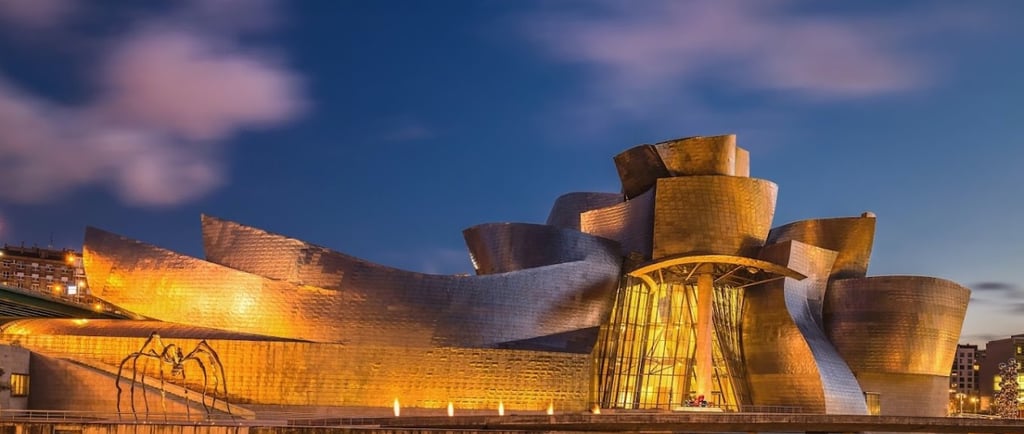The Impact of Artistic Construction on Tourism and Visitor Engagement
8/28/20252 min read


Introduction
Artistic construction plays a pivotal role in enhancing tourism dynamics and fostering visitor engagement. As communities increasingly recognize the multifaceted benefits that art-infused architecture brings, there is a growing trend towards integrating artistic elements into public spaces and infrastructures. This blog post delves into why artistic construction stands out as a vital factor in boosting tourism and enriching visitor experiences.
The Attractiveness of Artistic Architecture
One of the primary reasons artistic construction significantly boosts tourism is its visual appeal. Unique and creative designs capture the attention of potential visitors, acting as a magnet that draws people to a location. Architectural masterpieces, such as renowned museums, beautifully designed bridges, and culturally resonant structures, not only provide aesthetic pleasure but also invigorate the local area’s image. When tourists encounter striking visuals, they are more inclined to share their experiences on social media platforms, generating organic interest and enthusiasm among their peers.
Engagement through Artistic Experiences
Another critical aspect of artistic construction is its ability to create immersive experiences that keep visitors engaged. Spaces that incorporate art encourage interaction and participation, making visitors feel like integral parts of the environment. For example, installations that allow for viewer engagement or performances that utilize architectural spaces enhance the overall experience, moving beyond mere observation to deeper involvement. Cities investing in artistic construction often find that visitors stay longer, explore further, and engage more actively with the community, benefiting the local economy.
Promoting Cultural Identity and Heritage
Artistic construction significantly contributes to a destination's cultural identity. Structures that reflect the local heritage and community values provide visitors with insights into the region's history and culture. Tourists are not only attracted to what they can see but also to the stories and messages communicated through art. By bridging cultural narratives with contemporary artistic expressions, destinations can foster a connection with visitors, encouraging them to return or recommend the location to others. Furthermore, such connections often result in tourists becoming advocates for the preservation and promotion of local art and culture.
Conclusion
In conclusion, the integration of artistic construction into tourism strategies is undeniably beneficial. It elevates the aesthetic standards of urban environments, enhances visitor engagement, and strengthens cultural identity. As cities and regions strive to stand out in an increasingly competitive global tourism market, embracing artistic construction is becoming essential. Ultimately, not only do these creative endeavors attract tourists, but they also enrich the experiences of every visitor, leading to a sustainable tourism model that values art, culture, and community.


